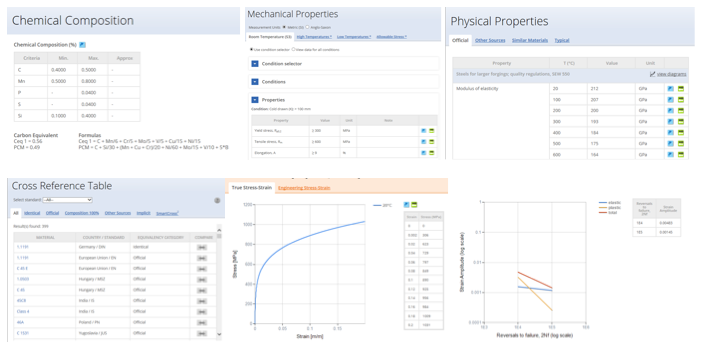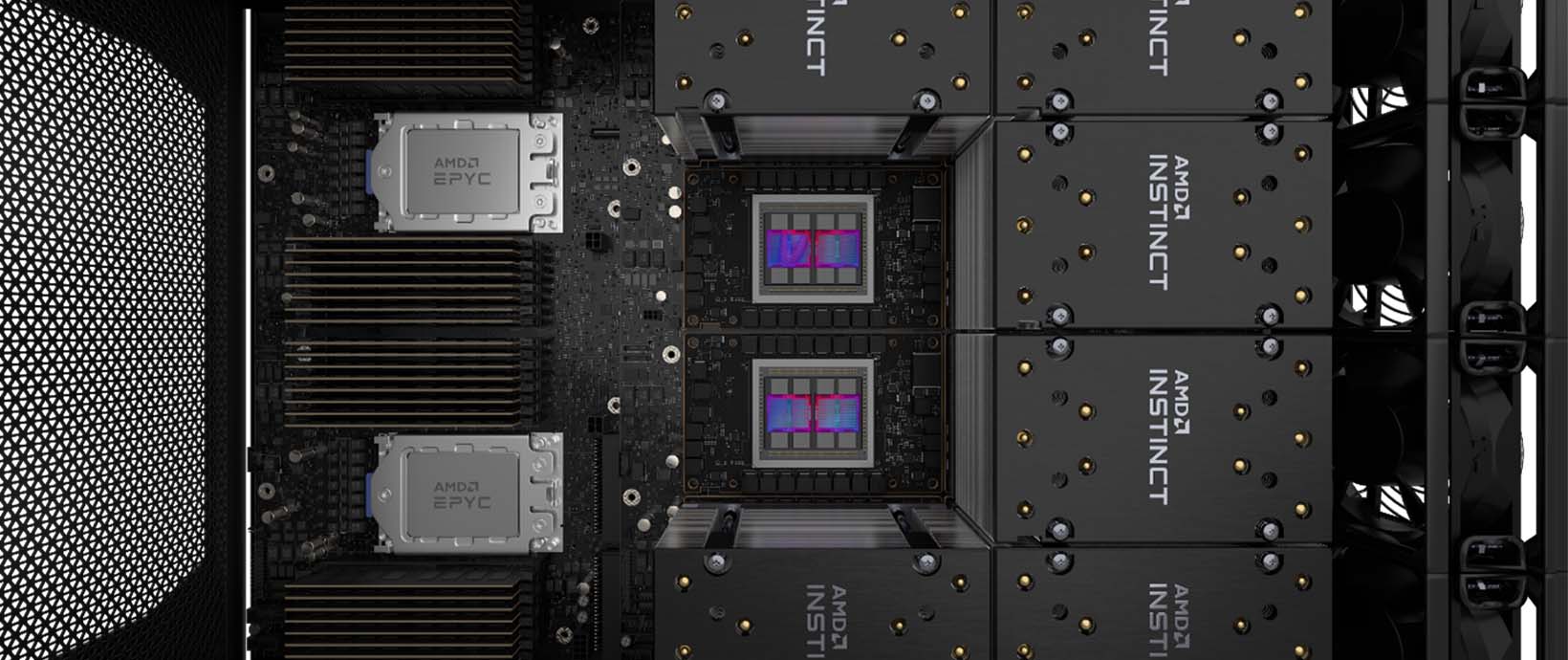How Many Books Does it Take to Change a Light Bulb?
This guest post on Innovation Intelligence is written by Neil Baumann, Chief Operations Officer at Key to Metals AG, developer of the Total Materia materials database. Key to Metals is a member of the Altair Partner Alliance.
Global data is increasing, and it’s increasing fast! In fact, it is predicted that the production of data in 2020 will be around 44 times greater than that of 2009! That’s lightning fast – about 35 zettabytes up in the clouds (for those of you who don’t know what a zettabyte is, it’s one sextillion bytes)!The engineering domain is one significant contributor to this information boom, and when we consider the amount of requirement for information throughout a basic product lifecycle, it’s not at all surprising.
Let’s take a look at a relatively narrow niche, but an extremely important one nonetheless: information about materials and their related properties. This is a prime example where data is critical for practically all engineers worldwide dealing with materials, and without this information, they simply couldn’t function.
The basic need is to understand the fundamental parameters of a material and relate that to the intended application. Let’s take the simple example of the components, which comprise a vehicle front axle. I received a specification from Japan and I needed to find the equivalent material in the US. I want to be absolutely sure that the replacement material will behave the same way, meaning I need to know the basic property information; how strong the necessary materials are, how many times the wheel can rotate before it decides to go its own way, can it withstand a combination of forces from small bumps on the road to potholes off the road, and let’s not forget the environmental conditions, loading and overloading… the list goes on.
These are just a few examples, but making decisions about materials is far from simple. Information, along with the ease of its discoverability, can all too often be a limiting factor in getting things right the first time, let alone making technological progress. After all, around a third of all engineering failures are due to poor design or a lack of knowledge about materials and their specifications.
Now we can return to the original question, how many books does it take to change a light bulb? It’s been awhile since Mr. Edison first put pen to paper, and made good progress with the first, albeit impractical, electric light source. Since then, things have changed dramatically and there are now an endless list of light bulbs and lighting systems, whether it's basic domestic bulbs, fluorescent lamps, tungsten halogen lamps or neon lamps, to name just a few. The roadmap for development, and ultimately improvement, relies on being able to make iterative forward steps by taking advantage of both what is currently available and what’s next from a material technology standpoint.
In this particular scenario, to use just books to keep up with this demand is, quite frankly, futile. It doesn’t work; it’s not possible to write fast enough for a start, and then what about using that information, which by definition is limited to the content, to compare to other information in other books? Results would not be so illuminating.
A way to maximize the potential of material information can been seen demonstrated in a material properties database, such as Total Materia. The database contains properties information for about 380,000 materials, which translates to some 20 million individual property records, including chemical composition data, mechanical and physical properties and material equivalency connections (around 15 million)! If we translate this information to books, it would end up equating to around 150,000 standard pages (a lot of books). What’s more, the information in the database is completely domain relevant, totally discoverable through an intuitive platform, and always up to date.
 Figure 1. A sample of information available for a single material in Total Materia. Information for this example, CK45, is compiled from around 20 different standard and experimental sources.
Figure 1. A sample of information available for a single material in Total Materia. Information for this example, CK45, is compiled from around 20 different standard and experimental sources.With all of this information, Total Materia is helping engineers worldwide (including light bulb designers) find standard and experimental data, compare materials and properties for selection or replacement, and all in all, be the leading light in the provision of material information.
Read more about Total Materia.




